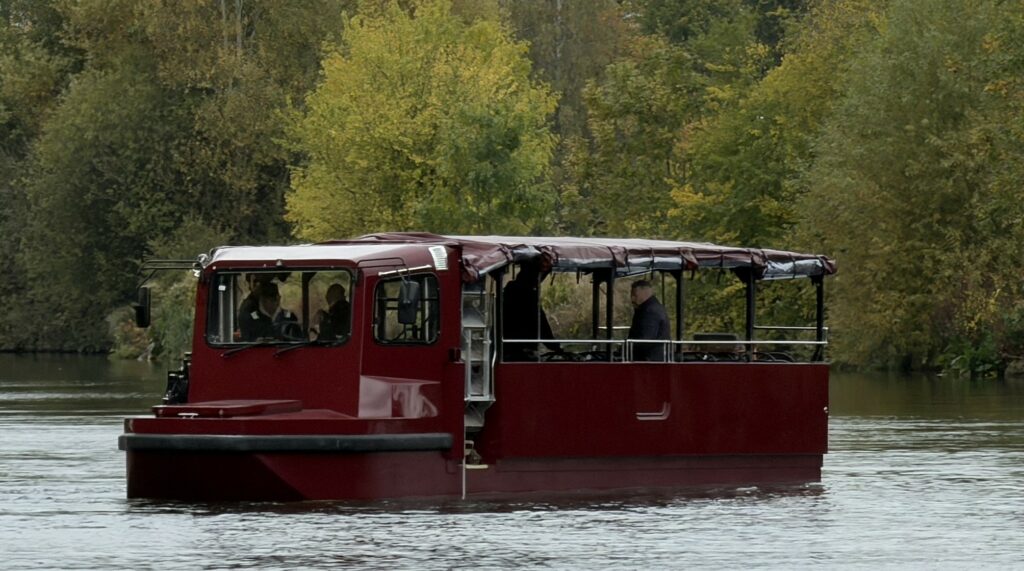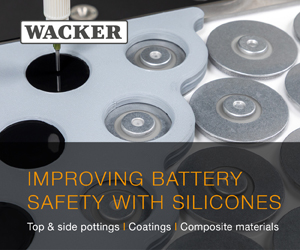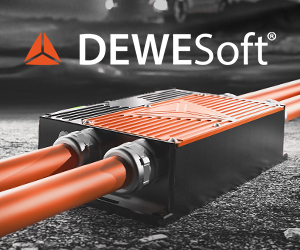Seahorse launches first all-electric amphibious passenger vehicle

(Image courtesy of Seahorse)
Seahorse Amphibious Vehicles has developed the world’s first all-electric amphibious passenger vehicle, a breakthrough in the design and manufacture of vehicles capable of operation on both land and water. This latest model supports up to 36 passengers plus two crew, delivering a full day of operation on a single charge. The vehicle’s development reflects over a decade of research, accelerating the company’s evolution in electric drive systems fully compliant with UK maritime safety standards (MSN 1823) and anticipated ES-TRIN European regulations.
Constructed from glass reinforced plastic (GRP), the hull and deck feature compartmentalised, closed-cell design to meet new safety and weight requirements while minimizing corrosion issues inherent in older steel designs. The powertrain leverages cutting-edge electric technology for near-silent operation and high torque, essential for negotiating terrain transitions typical of amphibious routes, with a land speed limit of 30 mph and a maximum water speed of eight knots. This electric option builds on Seahorse’s existing diesel-hydraulic driveline expertise, aiming to lower emissions substantially to comply with urban environmental regulations.
Safety features integral to the design include air-assisted hydraulic ABS braking, heat monitoring for compartments, comprehensive fire suppression systems, 360-degree driver visual aids through camera systems, and passenger safety provisions such as seat belts, rollover protection cages, and open reversible life rafts. The vehicle’s comfort and operational convenience are enhanced by power steering, quality seating, PA and audio systems, and folding entry steps.
The EV amphibious model benefits from refined battery and energy management systems allowing for extended daily operational cycles without recharge. The design prioritizes reliability and manufacturability, supporting Seahorse’s ambition to scale production to 24 units annually from its UK facilities in Slough and Southampton. This manufacturing scalability represents a strategic advancement for expanding the amphibious passenger vehicle market into global tourism sectors, targeting city-based water and land tours with quiet, clean vehicles that elevate the passenger experience.
Seahorse’s founding leadership, drawing from years of hands-on amphibious vehicle operation through Windsor Duck Tours, ensures the integration of operational insights into vehicle design and safety. The new electric APV is poised to complement the existing fleet active in Windsor, Liverpool, and Cape Town, with broader deployments scheduled for 2026. Overall, this all-electric APV marks an important technological and environmental milestone for amphibious passenger transport, driving growth in sustainable urban tourism infrastructure.
Click here to read the latest issue of E-Mobility Engineering.
ONLINE PARTNERS



























